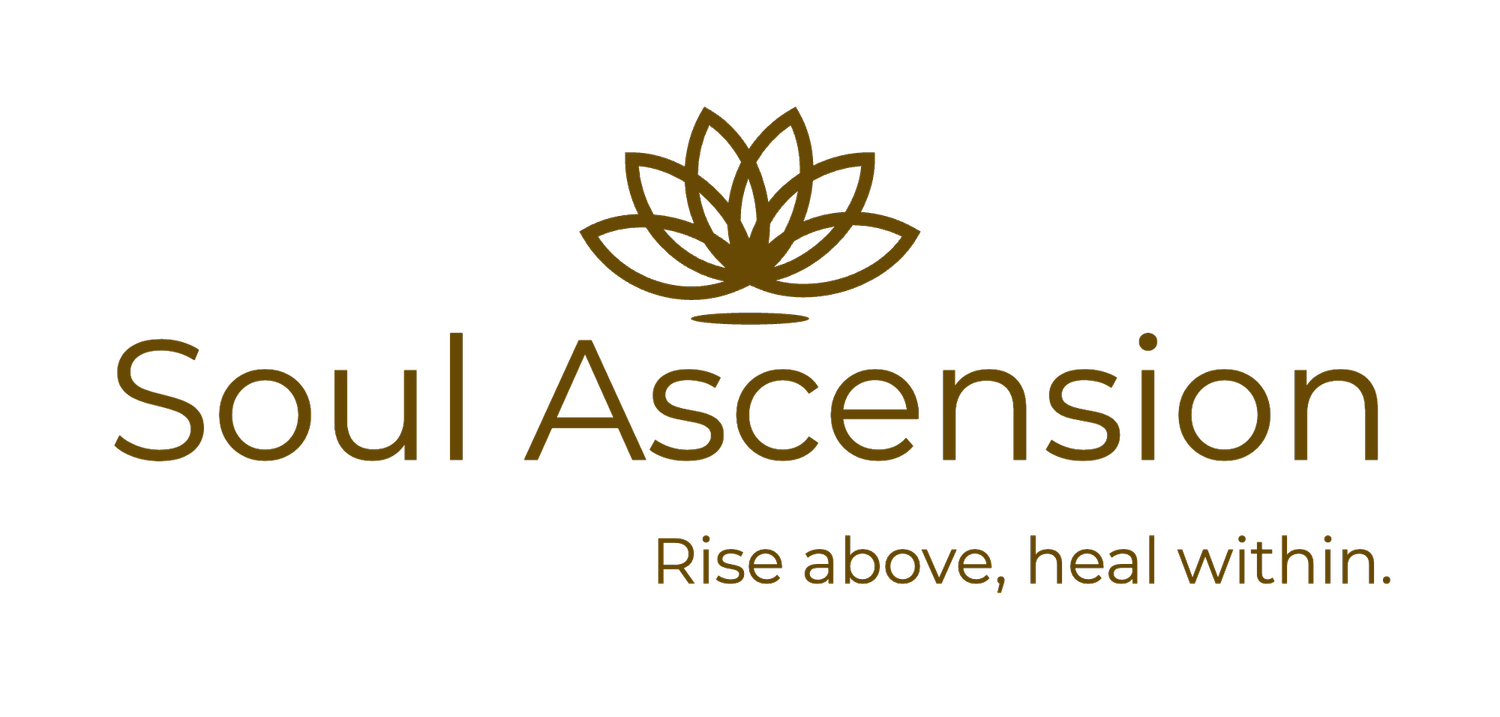How to Be Your Own Safe Space (In a World That Feels Unsafe)
If you’ve scrolled the news lately, you probably know this feeling all too well: anxiety creeping up your chest, making your heart feel tight, wondering what the world will look like next week, next year, or even tomorrow. When you add personal stress on top of that—from relationships, money, and career uncertainty—suddenly safety feels like a luxury you can’t afford.
Here’s the thing: if you’re waiting for the world to feel safe before you do, you'll be waiting a long freaking time. The truth is, you can’t always control what’s happening around you, no matter how much we protest, cry, or plead for solutions to our problems—but you can always create a sense of safety inside yourself.
That’s what it truly means to be your own safe space. Let’s dive into that a little more.
Why Safety Feels So Hard to Find
Our brains are wired for survival. That means they’re scanning for threats, real or imagined, 24/7. And when the world feels chaotic, your nervous system can get stuck in fight, flight, or freeze—even when there’s no immediate danger.
Back in the day, our body’s natural stress responses—sweating, shortened breath, digestion changes—were life-saving. Those signals helped us outrun predators or stay alert to physical danger. But in today’s world, most of our threats aren’t lions in the jungle. They’re non-tangible: eviction notices, food insecurity, financial stress, social pressures, rejection. And here’s the catch: your body reacts to those “modern predators” in the exact same way it would to a bear in the woods. The physiological alarm bells go off, but instead of saving your life, they leave you anxious, restless, and exhausted, ultimately increasing our risk for serious long term illness..
For some, that stress translates into overworking. For others, it shows up as people-pleasing, avoiding conflict, or numbing out with endless scrolling. Different behaviors, same root cause: your body is trying to protect you. The problem? It often goes overboard.
Research shows that chronic stress and uncertainty keep cortisol levels high, which makes it harder to regulate our emotions, concentrate, or feel safe (McEwen, 2004). Translation: the longer you wait for the world to calm down, the longer you’ll feel stuck because safety isn’t just about what’s happening outside of you, it’s about how you respond inside of you.
What It Means to Be Your Own Safe Space
Being your own safe space doesn’t mean ignoring reality or pretending everything’s fine. It means cultivating inner stability so that no matter what’s happening outside, you know how to anchor yourself. It looks like…
✨Giving yourself compassion when you mess up.
✨Reminding yourself “I’m safe in this moment” when anxiety lies to you .
✨Setting boundaries so you’re not constantly overexposed to chaos.
✨Creating routines that remind your body: you’re okay here, now.
It’s not about building a bubble, rather, it’s about building resilience.
Here are a few tools to start creating a greater sense of inner safety and wellbeing today:
Ground yourself physically. Place your feet flat on the floor, notice five things around you, take three slow breaths. Your body needs evidence it’s not in danger.
Talk to yourself like you would a friend. Instead of “Get over it,” try “This is hard, but I’m with you.” That shift in tone rewires self-trust.
Limit your inputs. If doomscrolling leaves you anxious, set boundaries around news and social media. You don’t need to consume every detail to be informed.
Create rituals of calm. Whether it’s morning journaling, evening walks, or lighting a candle before bed, small practices tell your nervous system: you’re safe to rest.
Anchor in the present. Anxiety often comes from living in the “what ifs.” Bring yourself back by focusing on this breath, this moment, this step.
Safety isn’t just about survival. It is also about building the foundation for abundance. When you feel safe in yourself, you stop wasting energy on constant vigilance and start redirecting it toward creativity, connection, and joy. You stop clinging to toxic jobs or relationships out of fear, and start choosing from a place of grounded confidence. You feel good about the choices you make and how you spend your time.
Being your own safe space means you don’t need the world to calm down before you start living. You carry calm with you.
Final Thoughts
The world may never feel perfectly safe, but you can still build stability inside yourself. You can learn to anchor, soothe, and trust that you’ll handle what comes. That’s the real power: knowing you don’t have to wait for external peace to feel internal peace.
If you’re ready to create that kind of inner safety and start living from abundance instead of fear, I’d love to walk alongside you. At Soul Ascension Coaching, I help people release survival-mode patterns and build habits that reconnect them with themselves, their values, and their resilience.
Book your free consultation with me by clicking HERE and filling out the information on my contact page + follow @lifecoachirelynn on Instagram + TikTok for more tips on self-trust, emotional regulation, and building a life that feels calm, grounded, and intentional.
